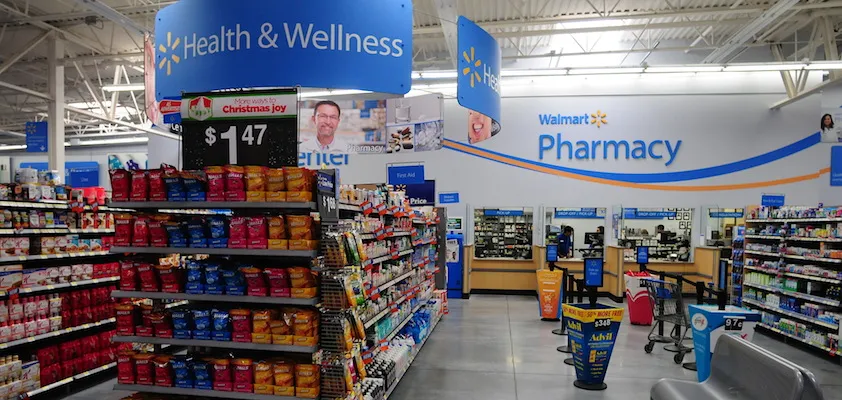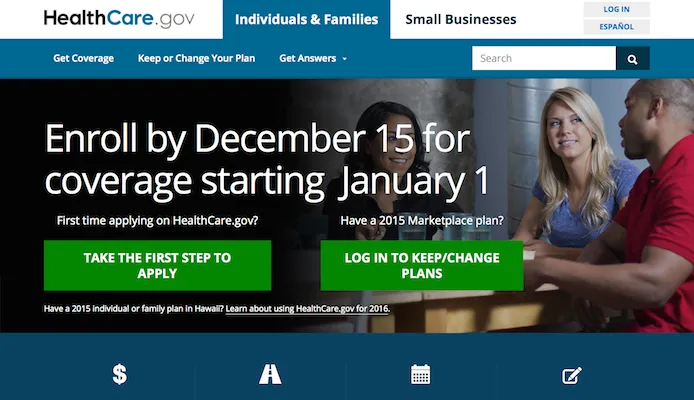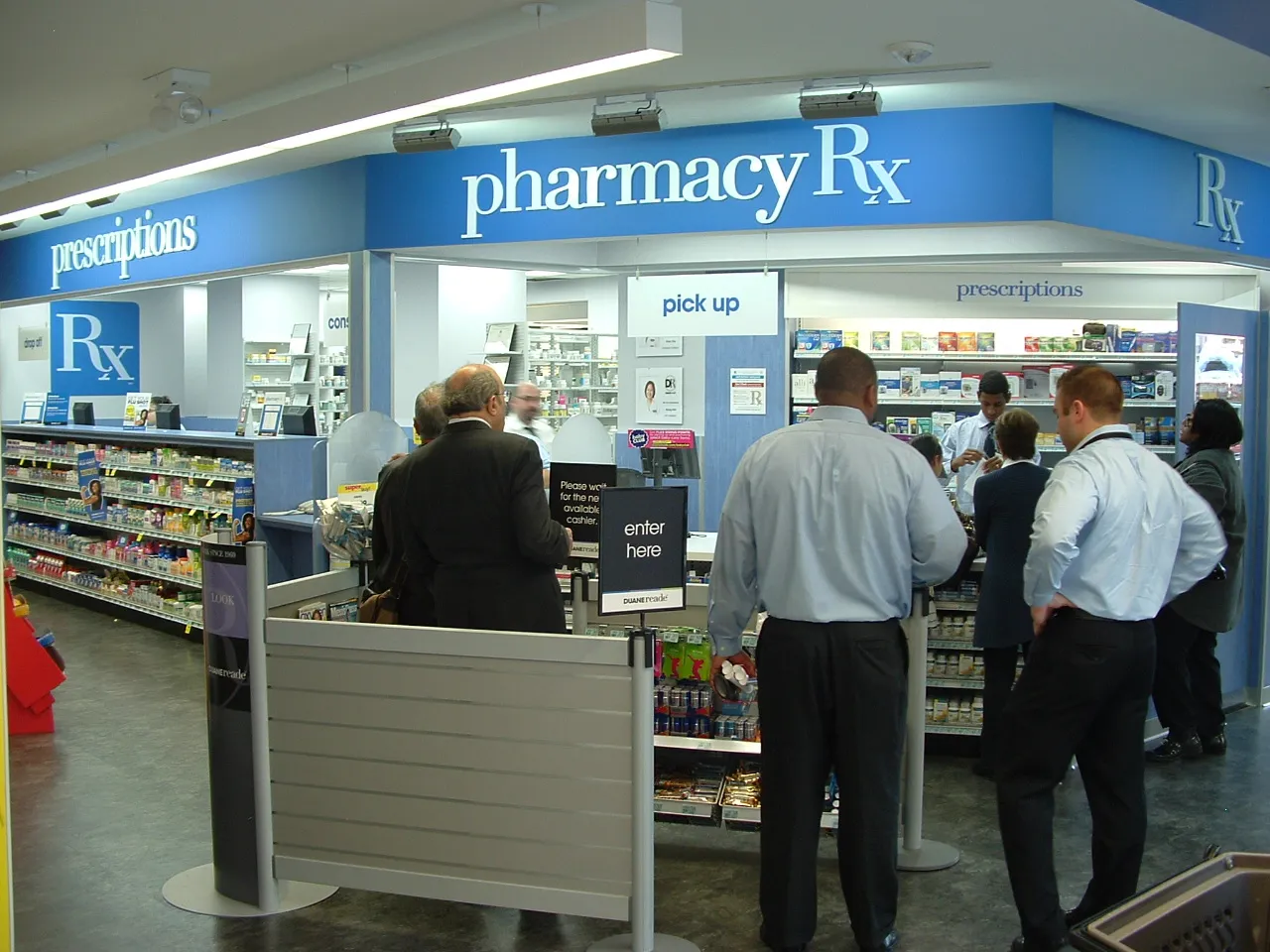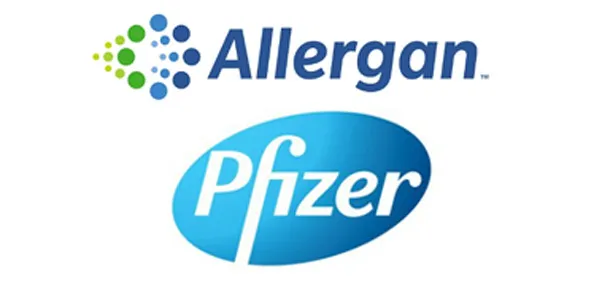DEERFIELD, Ill. — Richard Ashworth has an unprecedented role at Walgreens. In his job as president of pharmacy and retail operations, he brings together operational responsibility for the pharmacy and the front end, giving substance to the idea that a better customer experience will result by uniting the two parts of the drug store.
Richard Ashworth, president of pharmacy and retail operations at Walgreens
Efforts are well under way to make that vision a reality.
“We now have a single customer focus,” Ashworth explains. “In the past we’ve had really good people doing work that wasn’t as connected as it could be for the benefit of the customer, so this is about adding a consistent experience for her, whether she’s in the seasonal aisle, at the cooler buying milk for the kids or picking up a prescription at the pharmacy counter. We know that if we can treat her consistently, we can maximize all the benefit and capability that Walgreens has for her and, at the same time, grow our relationship with her.”
The new approach cuts across retail disciplines. Ashworth meets regularly with his counterparts in pharmacy and merchandising to map out initiatives and coordinate their implementation.
“Everything we do is customer-led,” he says. “My job is definitely operational, but I’m a partner to [president of retail products and chief merchandising officer] Linda [Filler] and her team in developing the right strategies for the products we put in front of our customers, and partnering with our health care teams to ensure that we’re manifesting those services in a way that works.”
Achieving those objectives is no easy task, especially across a nationwide network of more than 8,200 drug stores. The difficulty is compounded by Walgreens Boots Alliance’s recent commitment to realize $1.5 billion in cost savings by 2017.
“Raising standards throughout the chain is actually a tough challenge,” notes Ashworth. “Historically, I would say that Walgreens has been one of the best-executing retailers. I’m very proud of the people out there in the field. However, we’ve made it harder for them than it needed to be. Right now we’re in the middle of making some changes to achieve a couple of things: One is to be focused on the customer, and the second is to really unlock our execution capabilities.”
To that end, the retailer is restructuring certain operating divisions to help improve execution in the field and at the store level.
“The other reason we need better management closer to the stores is that we have to tailor our offer to individual markets. The way we show up in South Carolina, for example, and the way we show up in New York will be different, because our customers demand it. We have to be able to recognize that variation centrally, make sense of that, and then drive the execution differently at each location. The way we do that is with our new field structure.”
The push to enhance operations to better meet customer needs extends to headquarters, where a lot of time and attention is devoted to simplifying merchandising programs to make them easier to execute. The initiative is designed to consider ideas from the perspective of the people in the field who are charged with implementing them.
“What we’re trying to do is take all the great programs, priorities and initiatives that people in the organization want to do, bring them in, and design, build and deploy them with the stores in mind. Our merchandising team will come to us and say, ‘Here is our convenience-based strategy. These are the parameters we’re looking for. Here’s what we want for customers. Can you execute against that?’ We will then build the plan against that and execute it.”
For Ashworth, the guiding principle behind that endeavor is to satisfy the expectations of the people who shop Walgreens.
He says, “I get praise every day from our customers who love, absolutely love and adore, their Walgreens pharmacist, store manager or beauty adviser, whom they usually know by name. Conversely, I also get the occasional complaint about where we fall down.
“We have an opportunity to do better. The strategy is going to be this — basically we’re going to lift all boats as it relates to service. I’ve said this a hundred times, we have very good people working in our stores. We really do. We have some unbelievable, caring people who are focused on taking care of customers.
“But, because of some of the processes we have given them, we’ve made it hard for them, in some cases, to satisfy that customer.
“Really working at making programs simpler, together with our field structure, will make life easier for our colleagues in the stores and better for our customers. By putting these two strategies together, we can unlock the potential of our team members. What we want is exactly what customers are telling us they need.”
Ashworth’s career reflects the transformation of Walgreen Co. and the impact of its merger with Alliance Boots. A product of the Walgreens system, who started his career at the company 23 years ago as a part-time employee while still in high school, he has shown remarkable skill in adapting to and helping lead its evolution from a chain drug retailer noted for taking a conservative approach to business to an aggressive innovator and now an international leader in pharmacy, health and beauty care.
“When I joined the company, we had a growth strategy and it worked very well,” says Ashworth, a second-generation Walgreens employee who has served in his current role for the last 10 months. “It was a very linear, strategic position that was designed to enhance and grow rapidly, which is still the foundational principle for our convenience strategy, our locational advantage.”
During the early stages of Ashworth’s career, when he became a pharmacist and held various roles from store manager to district manager, that approach served the company very well. But several years before Ashworth’s move to headquarters in 2007, when he was chosen to lead Walgreens Health Services, the company’s managed care division, fundamental shifts in the marketplace began to erode the effectiveness of the strategy. It became clear that Walgreens had to learn to move at an accelerated pace.
“It is clear that two significant things are happening,” notes Ashworth, who was appointed vice president of pharmacy operations in 2010 and a year later became corporate operations vice president for the western United States.
“One is customers are changing very, very fast. Their access to real-time data is like nothing we’ve ever seen, so they are equipped, they are empowered and, even at the pharmacy counter, they know what they want. In light of that, we made the strategic decision in 2010 to begin to decelerate store growth and to focus on the experience we provide — really looking to try and alter the way Walgreens showed up in customers’ lives.
“The second big change is from a competitive point of view. We see vertical combinations, we see horizontals, we see a lot of different ways companies are looking at the market and partnering together to change their offering. That causes everyone else to react.”
Walgreens is a case in point. The drug chain formed a strategic partnership in June 2012 with Alliance Boots, the international pharmacy-led health and beauty retail and distribution group, that put the companies on the path toward a full merger. Finalized at the end of last year, the transaction created Walgreens Boots Alliance, an entity whose operations extend to four continents and more than 25 countries, and include the top drug chains in the United States and the United Kingdom. (Ashworth spent a year in the U.K., where he oversaw the development and delivery of health care strategy at Boots, that country’s leading pharmacy and beauty retailer, before assuming his current post.) The deal was the largest involving an American drug chain since CVS Corp. acquired Caremark Rx, a pharmacy benefits manager, in 2007.
“That’s the beautiful part of retail and health care in general — there’s an opportunity for multiple strategies to win,” says Ashworth. “We know what we want to be, and our competitors also have clear road maps. There’s an opportunity for all of us be successful, but the key will come down to not necessarily the plan, but the execution of it.”









